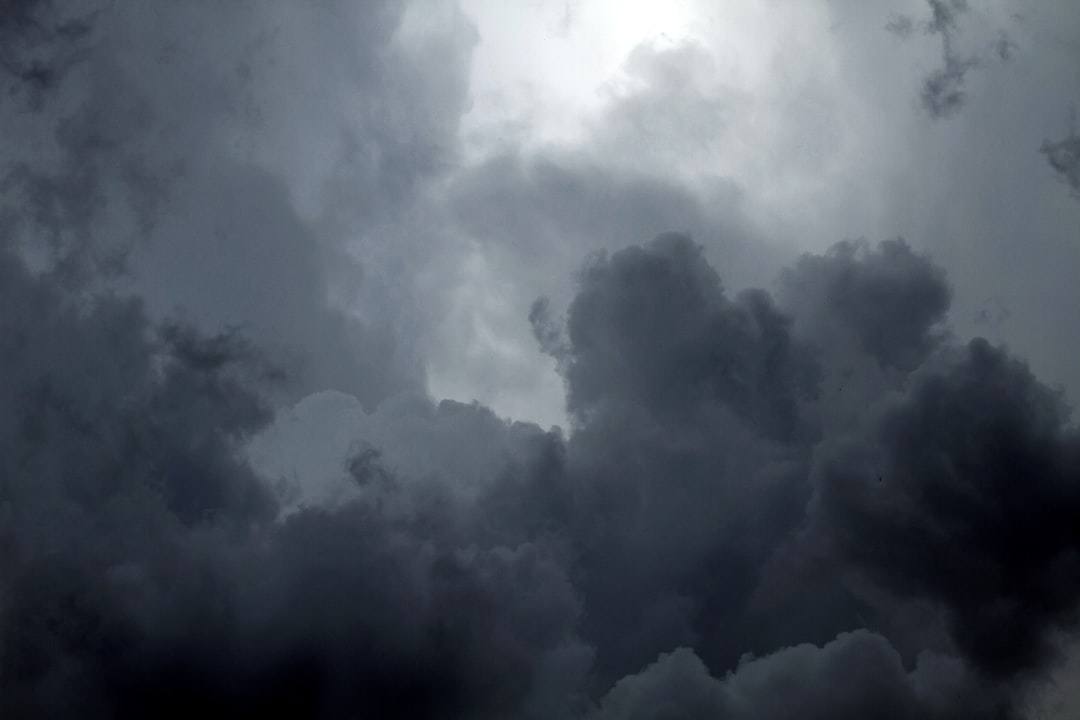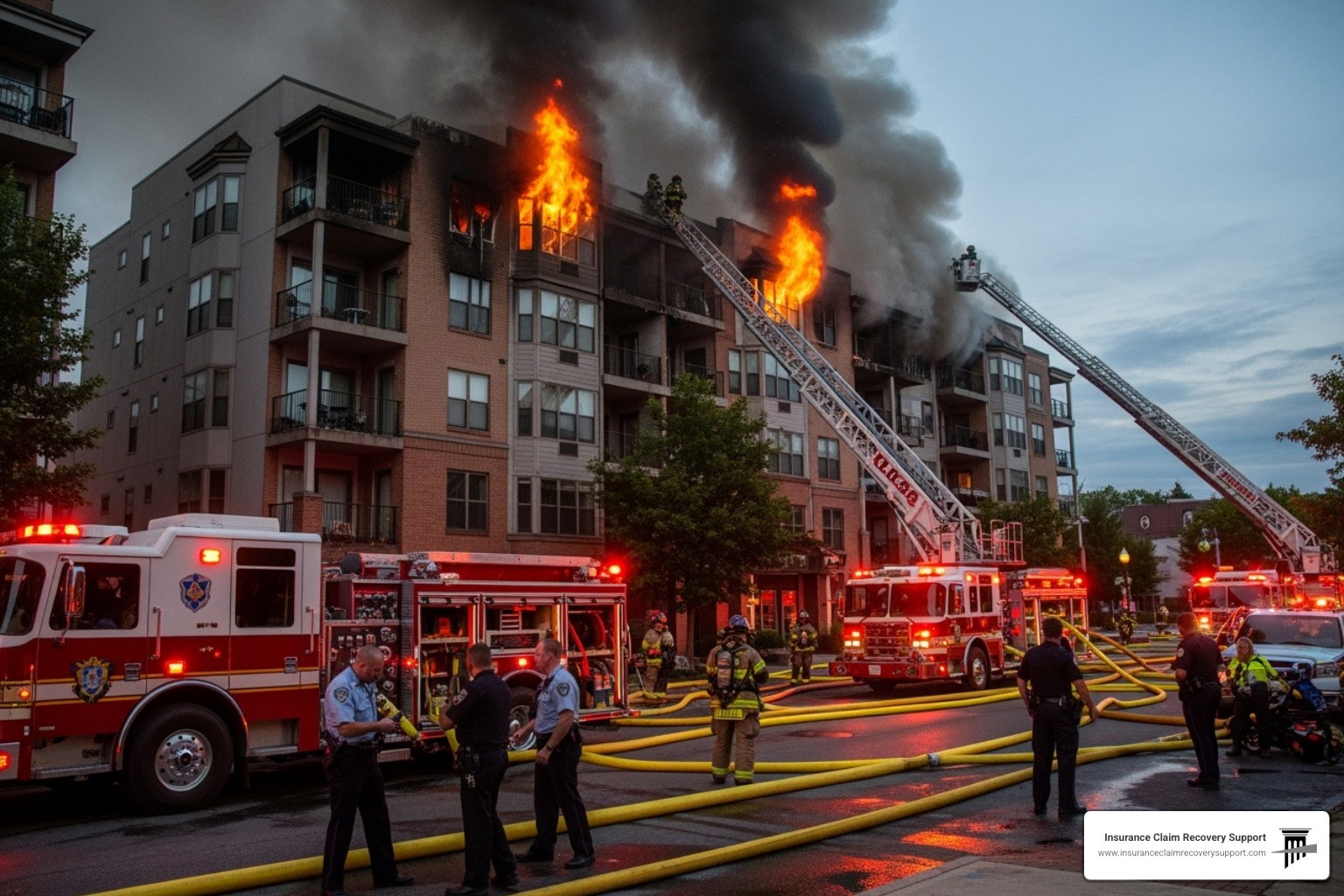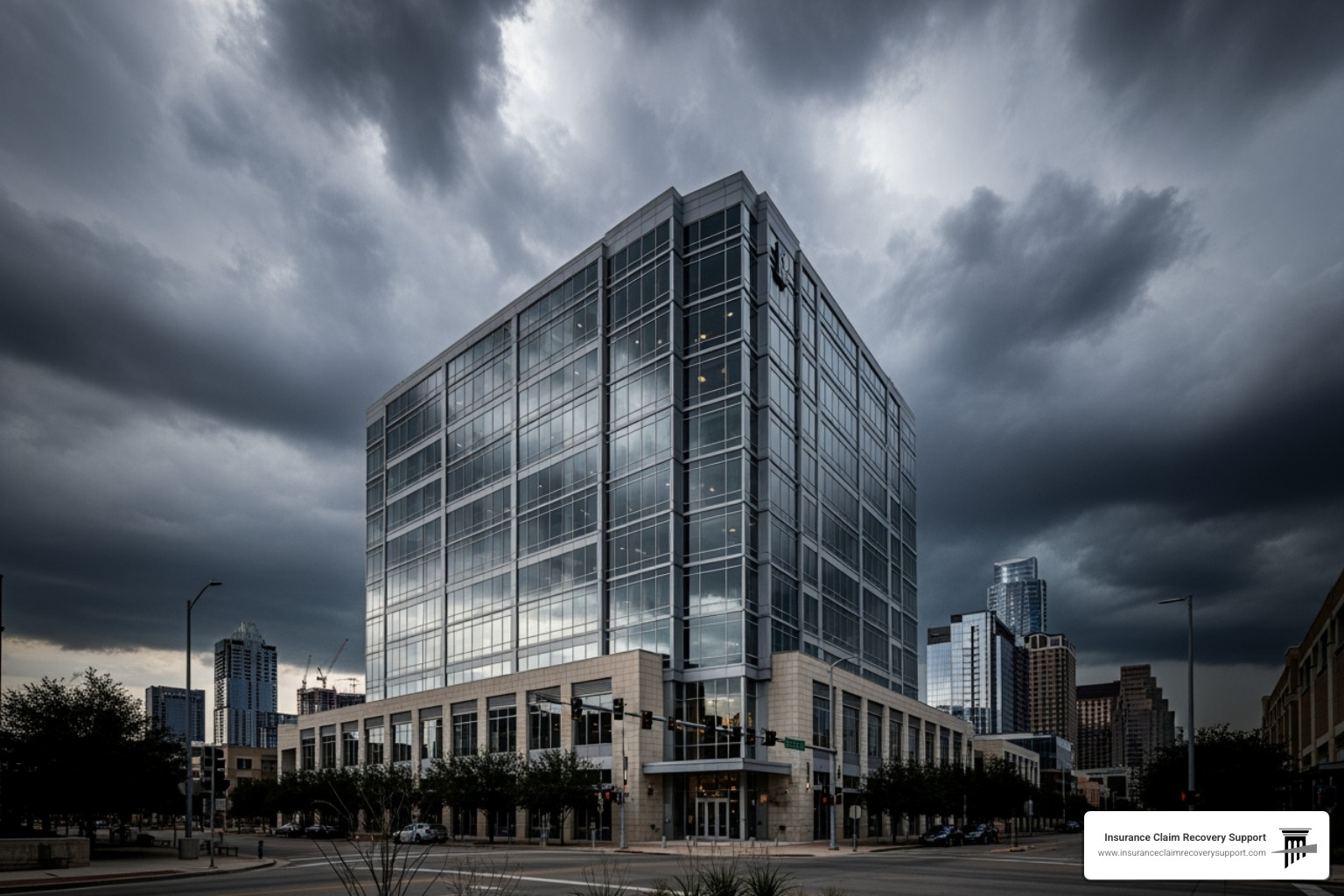Introduction
Hurricane warning is a crucial term you need to understand during the hurricane season, which runs from June 1 to November 30 each year.
Here’s a quick breakdown of what you need to know right away:
- Hurricane Warning: Issued when sustained winds of 74 mph or higher are expected within 36 hours.
- Hurricane Watch: Issued when similar conditions are possible within 48 hours.
During these months, especially from mid-August to late October, the likelihood of destructive hurricanes increases. This period is particularly volatile due to warm waters in the Atlantic, Gulf of Mexico, and other tropical regions which fuel the storms.
Knowing what a hurricane warning means and how to respond can be a life-saver. Our guide will help you navigate the essentials, from understanding alerts to preparing your property and loved ones.

In the following sections, we’ll dive into more detailed steps and tips to ensure you’re well-prepared for any hurricane warning that comes your way.
Understanding Hurricane Warnings
When a hurricane is on the horizon, understanding the alerts and warnings can be crucial. Let’s break down the key elements so you know what to expect and how to react.
National Hurricane Center (NHC)
The National Hurricane Center (NHC) is your go-to source for all things hurricane-related. They issue tropical cyclone advisory products at least every 6 hours. These updates are crucial for staying informed about the storm’s path, strength, and potential impact. You can find these advisories on hurricanes.gov.
National Weather Service (NWS)
The National Weather Service (NWS) complements the NHC by providing localized forecasts and alerts. They issue watches and warnings to alert the public about potential and imminent threats. You can check your local Weather Forecast Office through weather.gov.
Sustained Winds
Sustained winds refer to the average wind speed over a minute. These winds are categorized to determine the hurricane’s strength:
– Tropical Storm: Sustained winds of 39 to 73 mph.
– Hurricane: Sustained winds of 74 mph or greater.
For example, Hurricane Laura had sustained winds of up to 150 mph, causing massive destruction.
Watch vs. Warning
Understanding the difference between a watch and a warning can save lives:
-
Hurricane Watch: Issued 48 hours before tropical storm-force winds are expected. It means hurricane conditions are possible. This is the time to prepare your emergency kit and secure your home.
-
Hurricane Warning: Issued 36 hours before tropical storm-force winds are expected. It means hurricane conditions are expected. All preparations should be complete, and evacuation orders should be followed if given.

-
Storm Surge Watch: Indicates the possibility of life-threatening inundation from rising water moving inland within 48 hours.
-
Storm Surge Warning: Issued when there is a danger of life-threatening inundation within 36 hours. Always check for local evacuation orders when these warnings are issued.
Quote: “There is very little reason for an American to die in a hurricane or to ‘ride one out’,” emphasizes the importance of heeding these warnings.
By understanding these alerts and knowing how to respond, you can protect yourself and your loved ones.
In the next section, we’ll cover how to prepare your home for a hurricane, ensuring you have all the necessary supplies and plans in place.
Preparing Your Home for a Hurricane
Getting ready for a hurricane involves more than just watching the weather forecast. Here are some key steps to ensure your home and family are prepared.
Emergency Kit
Create an emergency kit with all the essentials. Your kit should include:
- Water and Non-perishable Food: At least a three-day supply per person.
- NOAA Weather Radio: With battery backup to receive emergency alerts.
- First-Aid Kit: Include essential medicines and supplies.
- Flashlights and Batteries: Power outages are common during hurricanes.
- Important Documents: Keep copies in a waterproof container.
- Personal Hygiene Items: Soap, hand sanitizer, and sanitary products.
- Extra Clothing and Blankets: To stay warm and dry.
- Tools and Supplies: Basic tools, duct tape, and a whistle to signal for help.
- Pet Supplies: Food, water, and medications for your pets.
Tip: Regularly check your emergency kits in your car and home for expired items and replace them as needed.
FEMA App and NOAA Weather Radio
Stay informed by downloading the FEMA app and using a NOAA weather radio. These tools provide real-time updates and alerts about hurricane conditions and evacuation orders.
Know Your Evacuation Zone
Know Your Zone is crucial. In places like coastal Virginia, evacuation zones (A through D) are designated to manage evacuations based on storm intensity and other factors.
Check your local evacuation zone to understand if you need to evacuate during a storm. Find your zone here.
Understand Hurricane Categories
Hurricanes are classified into five categories based on wind speed and potential damage:
- Category One: Winds 74-95 mph
- Category Two: Winds 96-110 mph
- Category Three: Winds 111-129 mph
- Category Four: Winds 130-156 mph
- Category Five: Winds more than 157 mph
Knowing the category of an approaching storm helps you understand the potential impact and necessary preparations.
Reduce Outdoor Hazards
Secure your property to minimize damage from flying debris:
- Bring in Lawn Furniture: Secure garbage and recycling carts, signs, and other items that could become airborne.
- Prune Trees and Shrubs: Have them professionally pruned to reduce the risk of flying debris during a storm.
Make an Evacuation Plan
Plan your evacuation route in advance:
- Identify Evacuation Routes: Know the routes in your area and discuss the plan with your loved ones.
- Mandatory Evacuation Order: If issued, you MUST relocate to a safer area.
- Voluntary Evacuation Order: Consider relocating, especially for tourists, the elderly, and those with special needs.
Tip: Practice your evacuation plan regularly to ensure everyone knows what to do.
By preparing your home and having a solid plan, you can significantly reduce the risks associated with hurricanes. In the next section, we’ll discuss essential steps to take when a hurricane warning is issued.
Essential Steps When a Hurricane Warning is Issued
When a hurricane warning is issued, it means that a hurricane with sustained winds of 74 mph or higher is expected within 36 hours. This is the time to act quickly and ensure your safety. Here are the essential steps to follow:
1. Understand the Hurricane Watch
A hurricane watch indicates that hurricane conditions are possible within the next 48 hours. Use this time to finalize preparations and stay informed.
2. Solidify Your Evacuation Plan
- Review Your Evacuation Routes: Make sure you know multiple routes in case some are blocked.
- Discuss with Family: Ensure everyone knows the plan and meeting points.
- Check Your Zone: Know your evacuation zone and follow local authorities’ instructions. Check your zone.
3. Mandatory Evacuation Order
If a mandatory evacuation order is issued, you MUST relocate. This means there is an imminent threat to life and property. Follow these steps:
- Take Essential Items: Bring only what you need, such as emergency kits, important documents, and medications.
- Turn Off Utilities: If time permits, turn off gas, electricity, and water to prevent damage.
- Disconnect Appliances: This reduces the risk of electrical shock when power is restored.
- Follow Designated Routes: Use the evacuation routes provided by authorities to avoid heavy traffic and blocked roads.
4. Voluntary Evacuation Order
A voluntary evacuation order suggests that a threat is possible but not yet confirmed. It’s advisable to relocate, especially for vulnerable groups like tourists, the elderly, and those with special needs.
5. Reduce Outdoor Hazards
- Secure Loose Items: Bring in lawn furniture, garbage cans, and any items that can become projectiles in high winds.
- Prune Trees and Shrubs: Have them professionally pruned to minimize flying debris.
By following these steps, you can ensure your safety and minimize damage to your property. In the next section, we’ll discuss safety measures to take during the hurricane.
During the Hurricane: Safety Measures
Once a hurricane warning is issued, it’s crucial to take immediate action to stay safe. Here are the essential steps to follow:
Stay Indoors
The safest place during a hurricane is inside a sturdy building. Do not go outside, even if it seems calm. The eye of the storm can create a temporary lull, but dangerous winds will return quickly.
Safe Area
Find a secure spot in your home away from windows, skylights, and glass doors. Ideal places include:
- Interior Rooms: Bathrooms or closets on the lower level.
- Basement: If you have one, it’s usually the safest spot.
- Hallways: Central corridors away from exterior walls.
Water Supply
Ensure you have a supply of water for drinking and sanitary purposes. Fill bathtubs, sinks, and large containers with water. This is crucial for flushing toilets and cleaning if your main supply gets cut off.
Major Appliances
If you lose power, turn off major appliances like the air conditioner and water heater. This helps prevent damage when the power is restored. Unplugging smaller devices can also reduce the risk of electrical shock.
Avoid Windows
Stay away from all windows and glass doors. High winds can shatter glass, turning it into dangerous projectiles. Use storm shutters or board up windows if possible.
Remember: Safety is the priority. Don’t take any risks.
In the next section, we’ll cover what to do after the hurricane passes to ensure your safety and begin the recovery process.
After the Hurricane: Recovery and Safety
Once the hurricane has passed, the recovery phase begins. This period can be just as dangerous as the storm itself. Follow these essential steps to stay safe and start the recovery process.
Food Safety
Discard spoiled food: If the power was out for more than two hours, any perishable food that has been at room temperature should be discarded. “When in doubt, throw it out!”
Check for unusual signs: Look for any unusual odors, colors, or textures in your food. These are signs that it may have spoiled.
Stay hydrated: Drink bottled water until local authorities confirm that tap water is safe to use.
Carbon Monoxide
Avoid indoor use of generators: Generators, charcoal grills, and propane stoves should always be used outdoors. Carbon monoxide (CO) is an odorless, colorless gas that can be deadly.
Ensure proper ventilation: Make sure that gasoline-powered devices are properly vented. CO can build up quickly and linger even after the device is turned off.
Mold Prevention
Remove excess moisture: Flooding and standing water can lead to mold growth. Remove water as soon as possible and use fans and dehumidifiers to dry out the space.
Check for mold: Be aware that mold can be a health risk. Wear protective gear like gloves and masks when cleaning up moldy areas.
Clean thoroughly: Use a mixture of water and detergent to clean surfaces. Avoid using bleach unless necessary, as it can produce harmful fumes.
Flood Water Safety
Avoid standing water: Do not drive or walk through standing water. It can be deeper than it appears and may contain hazards like debris or downed power lines.
Be cautious with water: Flood waters can be contaminated with sewage, chemicals, and other hazardous substances. Use proper protection when cleaning up.
Injury Prevention
Work slowly: Many injuries occur during the cleanup process. Take your time to avoid overexertion and muscle strains.
Use proper lifting techniques: Avoid lifting anything that weighs more than 50 pounds. Use teams of two or more for heavier items.
Wear protective gear: Use gloves, goggles, and sturdy shoes to protect yourself from sharp objects and debris.
Seek professional help: For tasks like removing fallen trees or using chainsaws, consider hiring professionals to avoid injury.
Stay connected: Join local community groups for updates and support. Volunteer for community cleanup efforts if you can safely do so.
Following these steps will help ensure that you and your family stay safe during the recovery period. In the next section, we will discuss how Insurance Claim Recovery Support LLC can help you navigate property damage claims and maximize your settlement.
Conclusion
Navigating the aftermath of a hurricane can be overwhelming. At Insurance Claim Recovery Support LLC, we understand the challenges you face and are here to help.
Insurance Claim Recovery Support
When dealing with property damage from hurricanes, having a reliable partner can make all the difference. Our team at Insurance Claim Recovery Support LLC specializes in helping homeowners like you get the compensation you deserve. We advocate on your behalf to ensure your insurance claim is handled promptly and fairly.
Texas Fire and Storm Damage News
Texas is no stranger to severe weather, from hurricanes to wildfires. Cities like Austin, Dallas, Fort Worth, San Antonio, Houston, Lubbock, San Angelo, Waco, Round Rock, Georgetown, and Lakeway often experience significant damage. Staying informed about local weather patterns and potential hazards is crucial for effective preparedness and recovery.
Insurance Claim Process
Filing an insurance claim can be daunting, but we’re here to guide you through each step:
- Immediate Action: Protect your property from further damage right after the storm.
- Documentation: Take photographs and keep a log of all communications with your insurance company.
- Professional Assistance: Our expert public adjusters will help you navigate the complexities of the claim process, ensuring a fair settlement.
We’ve assisted homeowners across Texas, from recovering fair settlements after hailstorms in Dallas to helping property owners in Houston get coverage for hurricane-related roof damage.
If you’re facing a property damage claim in Texas, you don’t have to go through it alone. Contact us today for a complimentary insurance claim consultation. We’re dedicated to helping you secure the compensation you rightfully deserve.
Learn more about how we can help with your hurricane damage claim.
In conclusion, dealing with hurricane damage requires a collective effort. By following safety tips, engaging with your community, and seeking expert support, you can navigate the challenges and ensure a safer future for you and your loved ones.






